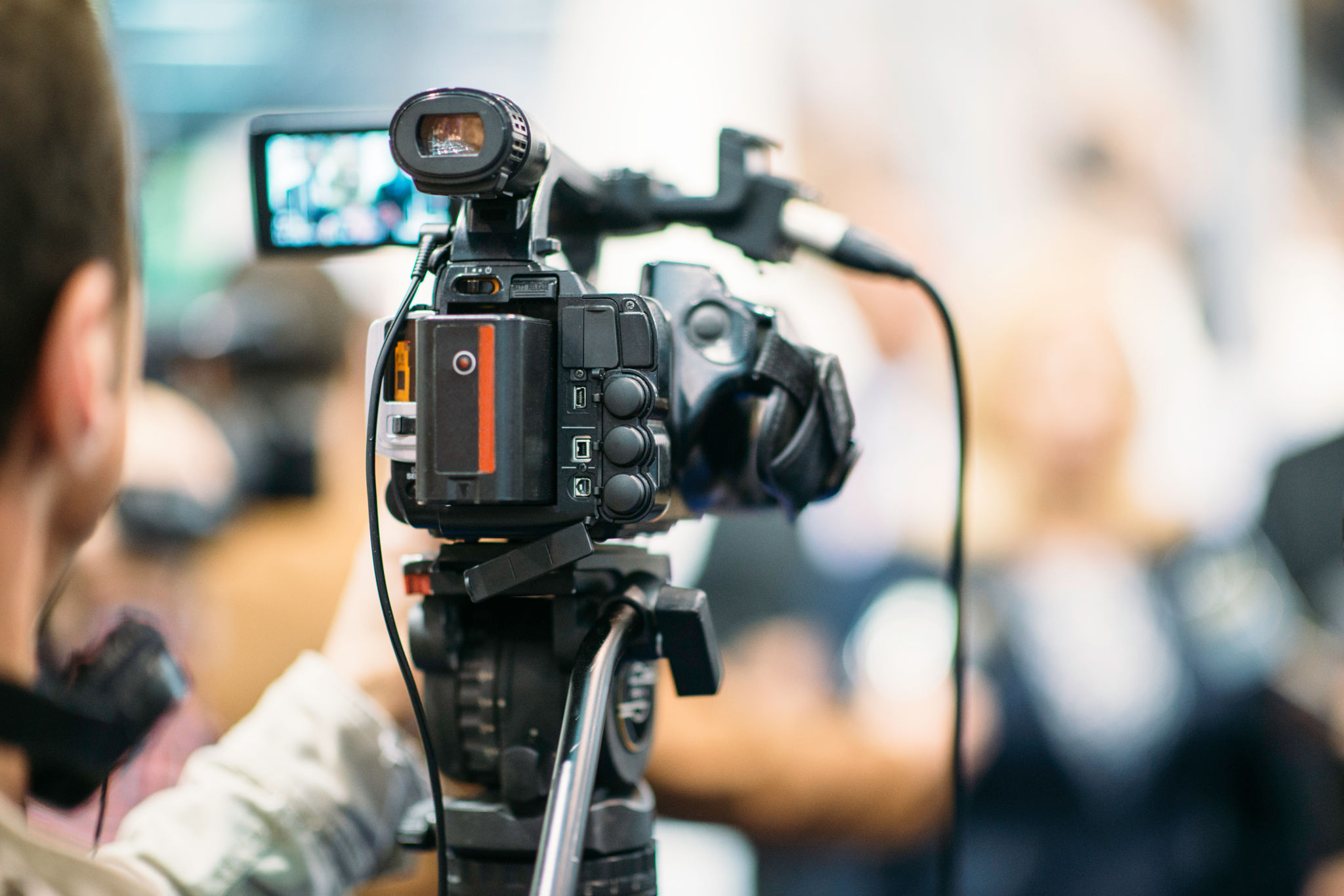Comparing Photography Styles: Editorial vs. Documentary
HM
Understanding Editorial Photography
Editorial photography is a style often used to complement written content in magazines, newspapers, and online articles. The primary goal of this style is to visually convey the story or message of the accompanying text. Editorial images are usually highly stylized and often involve creative direction to ensure that they align with the editorial’s theme or narrative.
This type of photography often requires collaboration between photographers, stylists, and art directors to achieve the desired look. The photographer's role is to bring the story to life through their lens, capturing images that are not only visually appealing but also relevant to the text. These images are usually staged and can include models, props, and elaborate setups.

Exploring Documentary Photography
Documentary photography, on the other hand, is rooted in reality and authenticity. It aims to capture real-life events, environments, and cultures without intervention or staging. The focus is on storytelling through candid moments, providing an honest and unbiased view of the subject matter. This style is often used in journalism, historical documentation, and cultural representation.
Documentary photographers strive to be unobtrusive observers, allowing events to unfold naturally while capturing them as they are. They often work in challenging environments and need to possess a keen eye for detail to capture the essence of their subjects. The images are typically raw and unfiltered, emphasizing truth over aesthetics.

Key Differences Between Editorial and Documentary Photography
While both styles aim to tell stories through images, there are several key differences between editorial and documentary photography:
- Intent: Editorial photography is often used to complement written content and may involve creative direction, while documentary photography seeks to capture reality without manipulation.
- Staging: Editorial images are frequently staged and stylized, whereas documentary photography focuses on candid, real-life moments.
- Collaboration: Editorial photography typically involves collaboration with a team, while documentary photography is usually a solo endeavor.

Choosing the Right Style for Your Project
When deciding between editorial and documentary photography for a project, consider the message you want to convey and the context of your content. If your aim is to enhance a narrative with visually compelling images that align with a specific theme or story, editorial photography may be the best choice. This style allows for creative expression and can be tailored to fit the desired aesthetic.
In contrast, if your goal is to provide an authentic representation of real-life events or cultures, documentary photography is more suitable. This style offers an unfiltered glimpse into the world, capturing genuine emotions and interactions. It is ideal for projects that prioritize truthfulness and transparency.
The Impact of Editorial vs. Documentary Photography
Both editorial and documentary photography have significant impacts on how stories are perceived by audiences. Editorial photography can evoke emotions through its artistic approach, drawing viewers into a carefully crafted narrative. It can also influence trends and cultural perceptions by presenting idealized versions of reality.
Documentary photography, however, has the power to raise awareness and inspire change by presenting unaltered truths. It can educate audiences about different cultures and social issues, often provoking thought and discussion. By capturing real moments, it allows viewers to connect more deeply with the subject matter.

In conclusion, both editorial and documentary photography offer unique strengths and serve different purposes within the realm of visual storytelling. Understanding these differences can help photographers, artists, and content creators choose the most effective style for their projects.